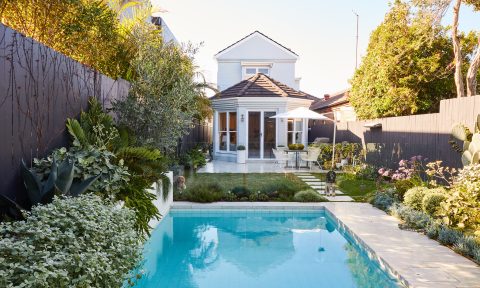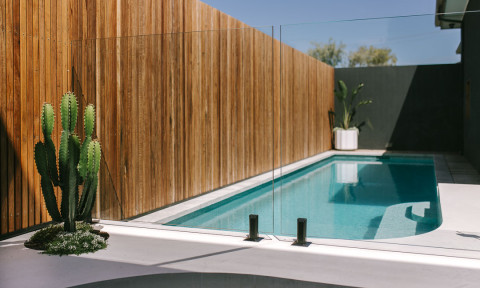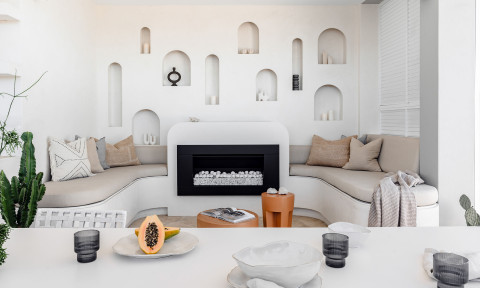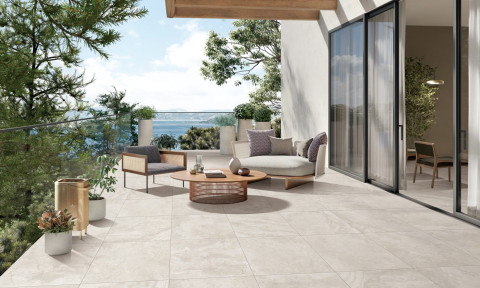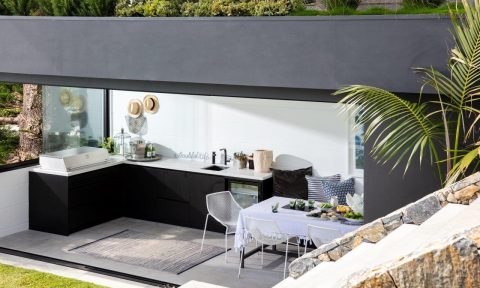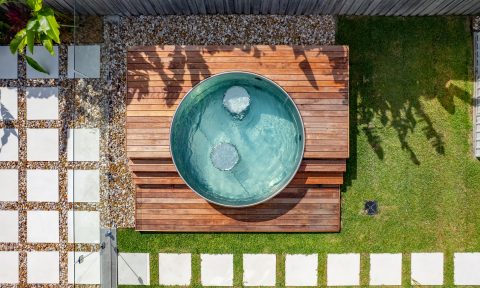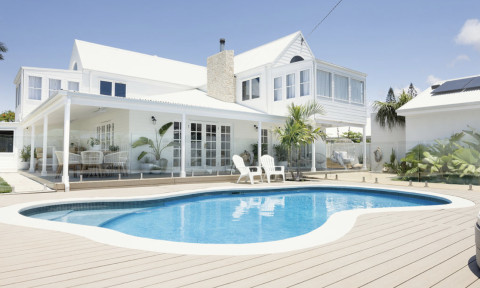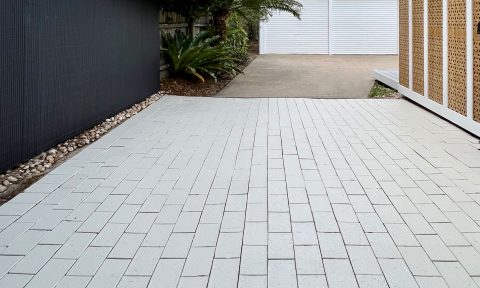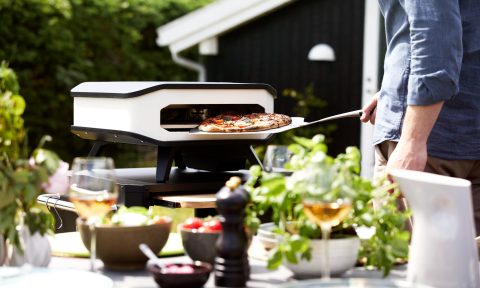Founded by a husband and wife team with a love of design, renovation and an eye for quality, Peninsula House Numbers set out to create what the Australian market was missing — high quality, custom and timeless house numbers, made in Melbourne.
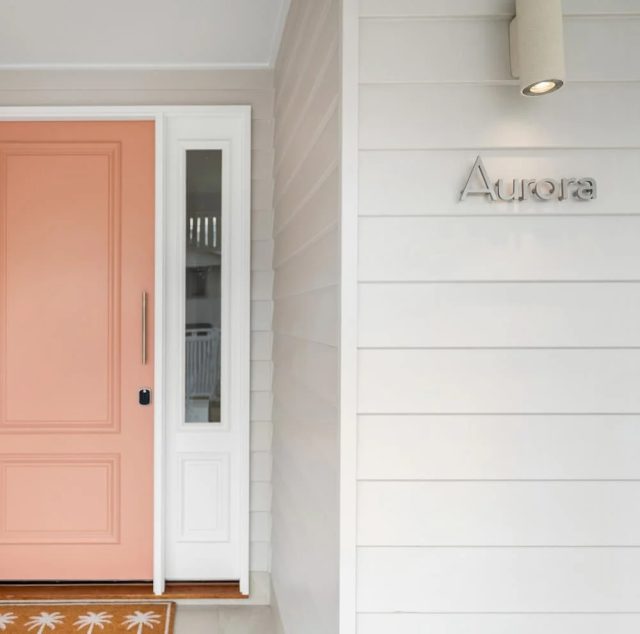
While hardware stores offer run-of-the-mill house numbers, the range is often limited to a small selection of colours, sizes and fonts. After spending time and energy renovating or building a home, a standard house number may not suffice. If you want to differentiate your house with a well designed, high quality and unique house number, then a custom house number from Peninsula House Numbers, who we recently discovered, could be the way to go.
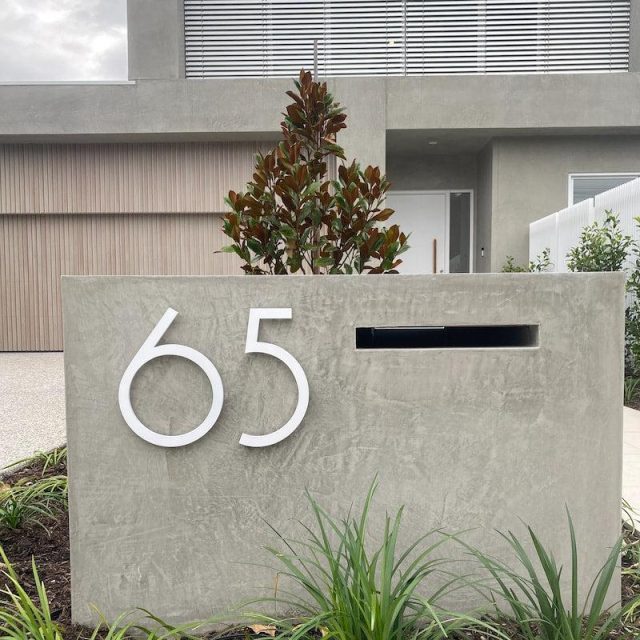
How are Peninsula House Numbers different?
- They’re customisable. Custom made with a choice of seven fonts, five sizes, four finishes and more options on request.
- They’re local. Most house numbers are made in bulk offshore. Peninsula House Numbers are made in Australia, supporting local businesses and with high quality control.
- They’re durable. Peninsula House Numbers are produced using a high quality 8mm thick, solid aluminium, with Dulux Architectural powder coating and a 25-year guarantee. The 8mm thickness allows for a hidden floating mount, with no visible screws. Standard house numbers are hollow or use a thin metal, often manufactured in plastic, and can discolour over time.
Whether you’re making the final touches on a renovation, or preparing a house for sale, enhancing your street appeal may be on your to-do list. A house number is an easy and affordable way to add an impactful first impression and create a consistent aesthetic with the design of your home.
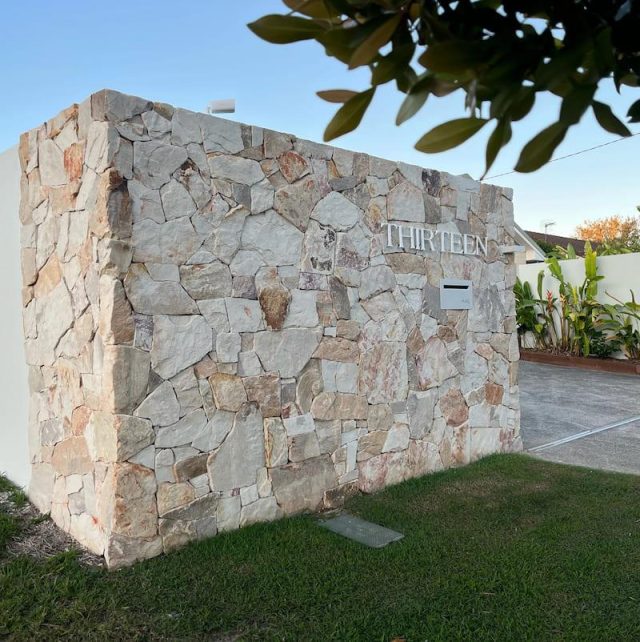
Three tips for selecting the perfect house number:
1. Choose a suitable size for your space
The initial step is vital: picking the right size for your house number. If you’re attaching it to a mailbox, a compact 100mm height or less might be ideal. However, if you plan to mount it on a wall that’s set back from the street, a larger 400mm number may be more fitting. Start by accurately measuring your available space and estimating the height of the number needed. Ensure you leave enough space around the number or letter so it doesn’t appear crowded. For a clearer idea, print a number of the same size, cut it out, and tape it to the planned area. Step back to ensure it’s easily visible from the street. If it’s not, consider a larger size.
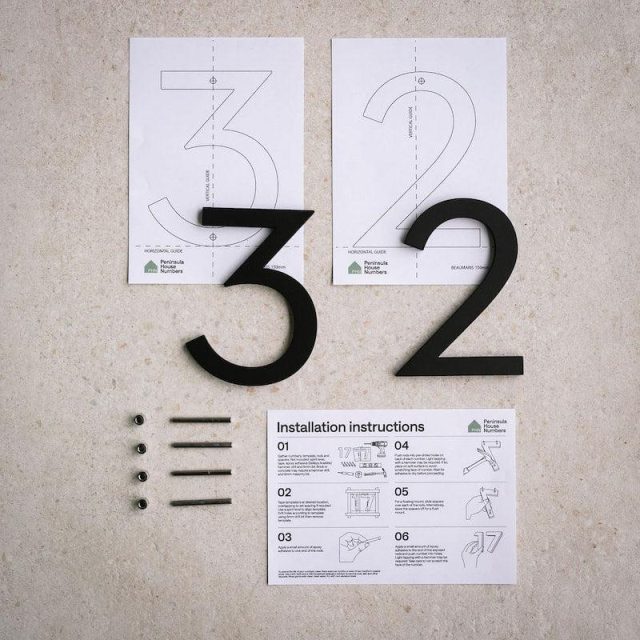
2. Decide on your house number’s colour/finish
The second step is to select a colour and finish for your house number. You can choose from matt black, matt white, matt gold or silver, all in a robust powder coat. The most durable coating process involves acid etching and chromate conversion before powder coating, resulting in a consistent application of paint. It also offers excellent protection against corrosion, even in coastal areas. To make your number stand out, opt for a colour that contrasts with the surface it will be mounted on. For instance, a matt white number works well on a dark surface, while a matt black number looks striking against a light one.

3. Choose your font
The final step is to pick a font, which largely depends on matching the period or style of your home, plus of course your personal taste. Peninsula House Numbers offer seven font options, each with their unique style. Whether you prefer the mid-century modern appeal of the Elwood font, the classic charm of Uppsala, or the popular Beaumaris, you’ll find a font that complements your house’s style perfectly.

View Peninsula House Numbers’ full range of custom architectural house numbers and letters
